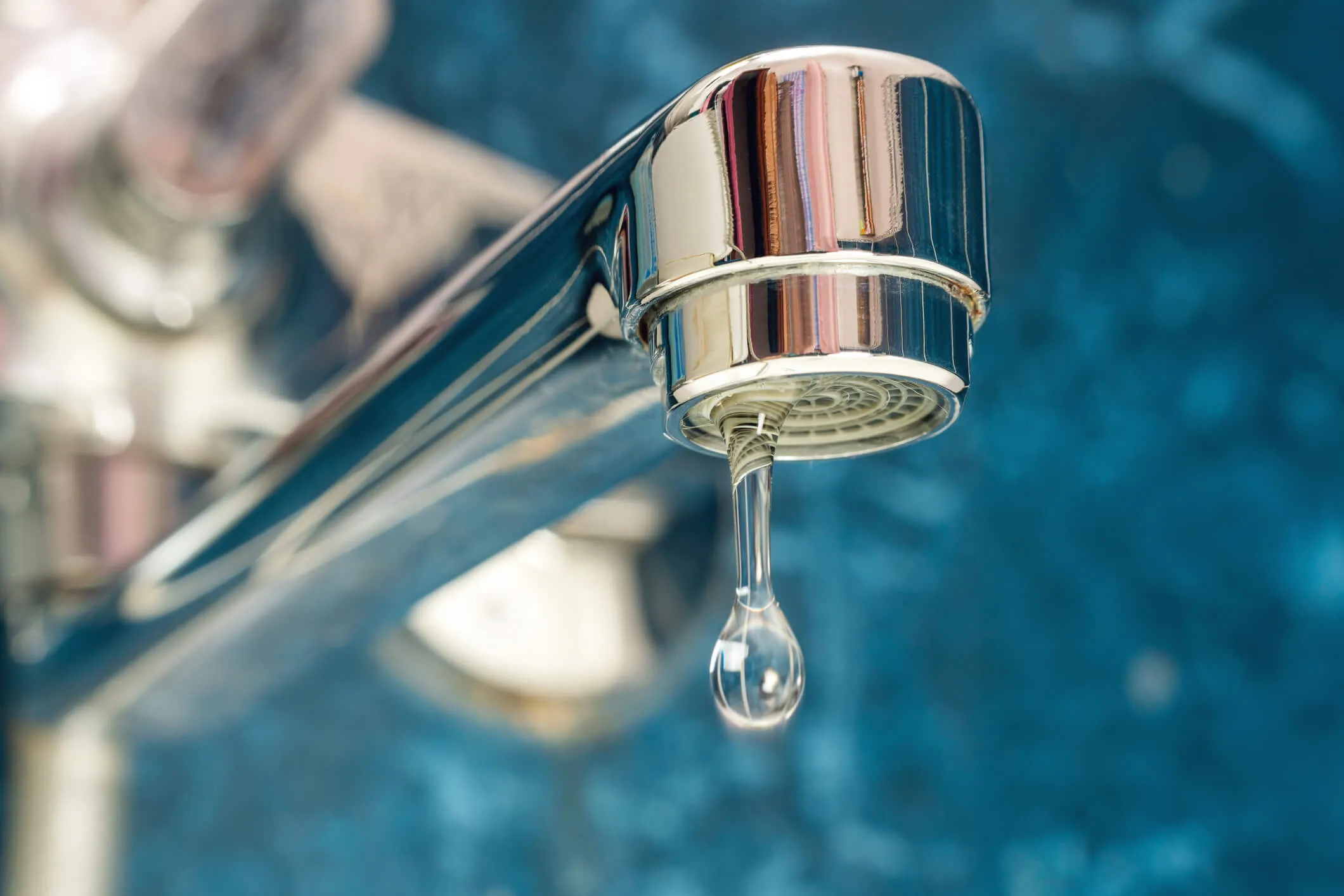Eco-Friendly Plumbing Fixtures Save Water and Energy: Here’s How
Saving water and energy is a prudent and responsible choice for your wallet and the environment. Low-flow plumbing fixtures offer an excellent solution to reduce water consumption without sacrificing performance. Learn about the benefits of water-saving fixtures, how they stack up against previous models and practical tips to conserve even more water in your everyday habits.
How Much Water Can Low-Flow Fixtures Save?
Low-flow plumbing fixtures initially gained widespread traction around the 1990s. The popularity was largely driven by increased awareness of water conservation issues and our environmental impact. The Energy Policy Act of 1992 set maximum flow rates for faucets, showerheads and toilets in the United Provinces, supporting the widespread adoption of low-flow fixtures. This legislation set the stage for more efficient faucets and showerheads focused on reining in water consumption while retaining performance.
Take into account how much water low-flow fixtures need compared to their older counterparts:
- Faucets: Older faucets flow at about 2.2 gallons per minute (gpm), whereas low-flow faucets lower to 1.5 gpm or less without reducing water pressure.
- Showerheads: The industry standard for showerheads was 2.5 gpm. Today’s showerheads lower water consumption to 2.0 gpm or less.
- Toilets: Older toilets typically use as many as 7 gallons per flush (gpf). By comparison, the current federal standard maximum is 1.6 gpf, with some dual-flush models with averages as low as 1.28 gpf.
The Technology of Low-Flow Plumbing Fixtures
Low-flow fixtures take advantage of several ways to maintain performance while using less water. Here’s how they can do so:
- Aerators: Many low-flow faucets and showerheads utilize aerators, which mix air with water to maintain pressure while still reducing the volume of water required.
- Flow restrictors: Faucets with these devices restrict the amount of water that moves through the fixture without a significant drop in pressure.
- Dual-flush technology: Many low-flow toilets offer two flush buttons—one for liquid waste using less water, and a larger flush for solid waste. This optimizes water use based on necessity.
Key Benefits of Eco-Friendly Plumbing Fixtures
Installing low-flow faucets, showerheads and toilets can benefit you in a number of ways:
- Reducing water waste: The EPA’s Water Sense program calculates that you can save 700 gallons of water per year by swapping the traditional faucets in your home with new, low-flow fixtures.
- Cuts to monthly water bills: Low-flow fixtures can cut your monthly utility bills by using less water. As a matter of fact, a WaterSense-labeled showerhead can save 4 gallons of water every time you shower, which can really add up over time.
- Lower water heating costs: Using less water to shower, cook and clean means you also use less hot water, which increases your savings by helping cut water heating costs.
- Helping ensure a long plumbing system life span: Reduced water flow also reduces wear and tear on your plumbing system, hopefully prolonging its life and decreasing the need for repairs.
Suggestions to Save Even More Water
While low-flow fixtures have a significant impact by themselves, you can go further to conserve water each time you use them. Here are a few of the most common:
- Take fast showers: Even once you’ve installed low-flow showerheads, you still waste a lot of water if you shower for too long. Shortening your shower time by a minute or two preserves water and reduces energy use.
- Don’t waste water as you brush your teeth: Try and only leave the tap on if you’re actively using it. If you step away from the sink or take the time to actually brush your teeth, shut off the faucet so you don’t waste water.
- Use dual-flush toilets efficiently: The dual-flush design only works for you if everyone using that bathroom knows the right way to use it it. Start with the half-flush button for liquid waste and only use the full flush for solid waste. Some handle-flush toilets now have dual-flush functionality. A quick flush uses less water, while keeping the handle depressed completes a full flush to clear solid waste more efficiently.
- Never flush trash: Toilets are solely designed to accommodate toilet paper and human waste. Flushing any other materials always wastes water and sharply increases the risk of clogs. Do your water bills a favor by always throwing away facial tissues, paper towels, cotton balls and similar products in the garbage.
- Try and resolve leaks promptly: Even low-flow fixtures may leak, wasting water and reducing efficiency. Spend a few minutes every now and then checking for leaks and fix any you find to sustain your water conservation efforts.
Request a Free Quote for Low-Flow Plumbing Fixtures Today
Are you ready to lower your water usage and increase savings? Service Experts Heating & Air Conditioning is here to help! We install high-performance low-flow faucets, showerheads and toilets to support water and energy conservation. With our 100% satisfaction guarantee, you can trust us to follow through on the promise of exceptional products and services you need. The moment you’re ready to upgrade your plumbing fixtures or would like more water conservation tips, please contact us today.
